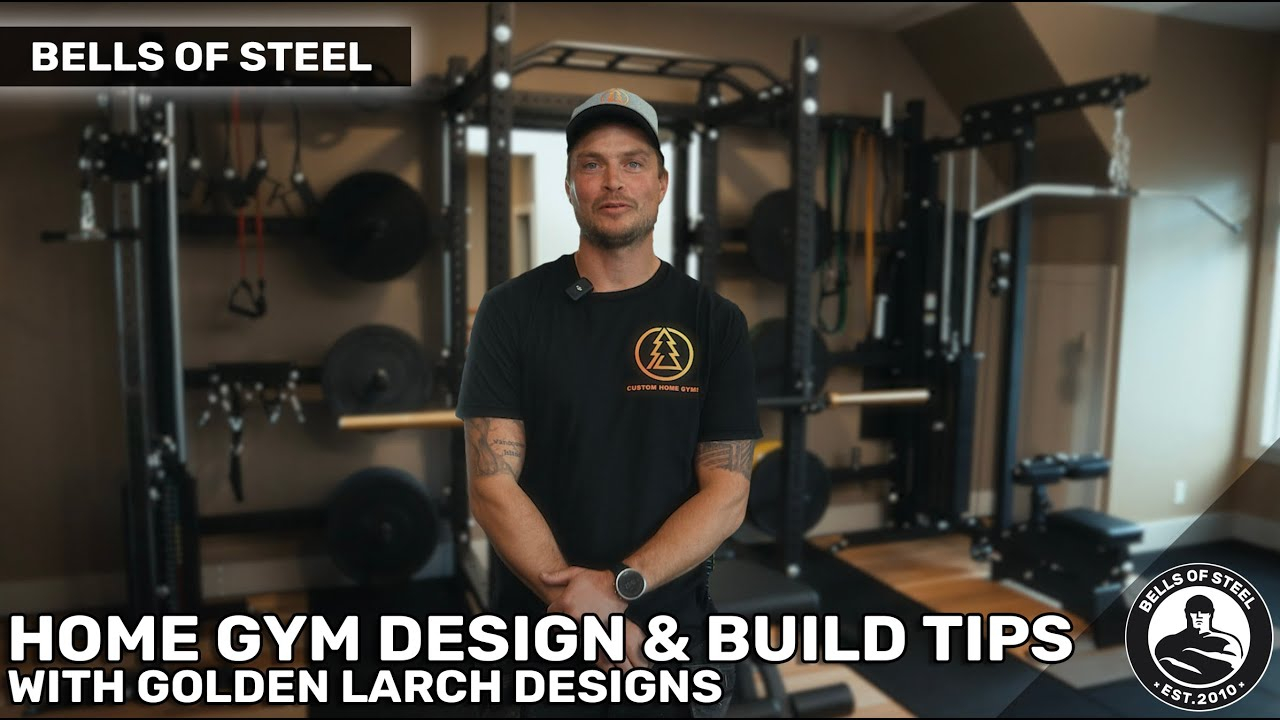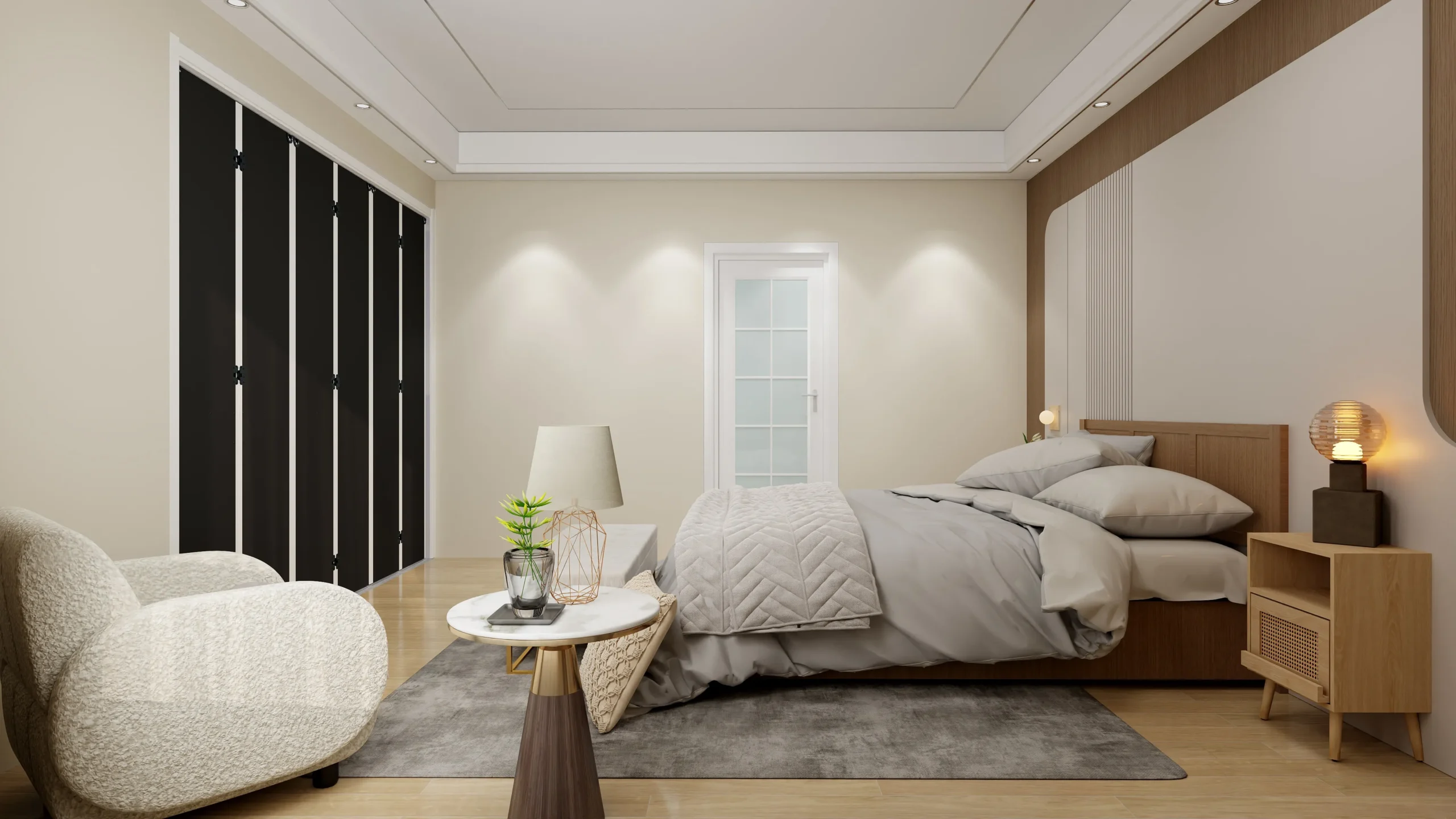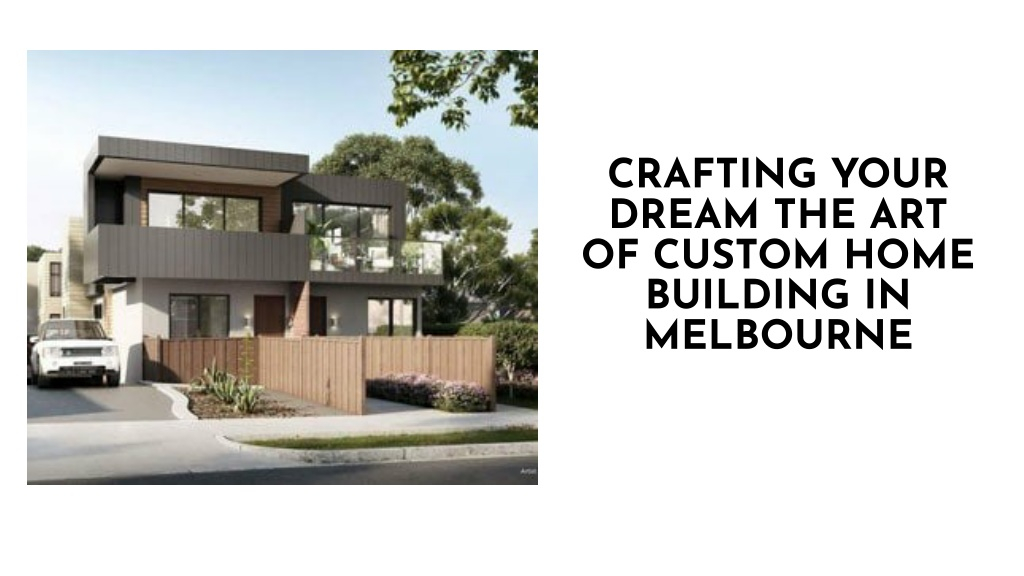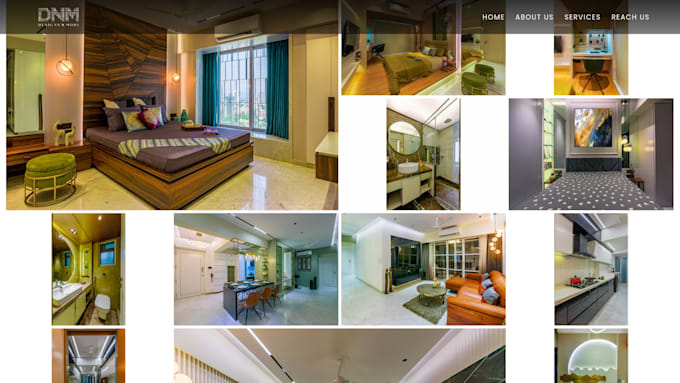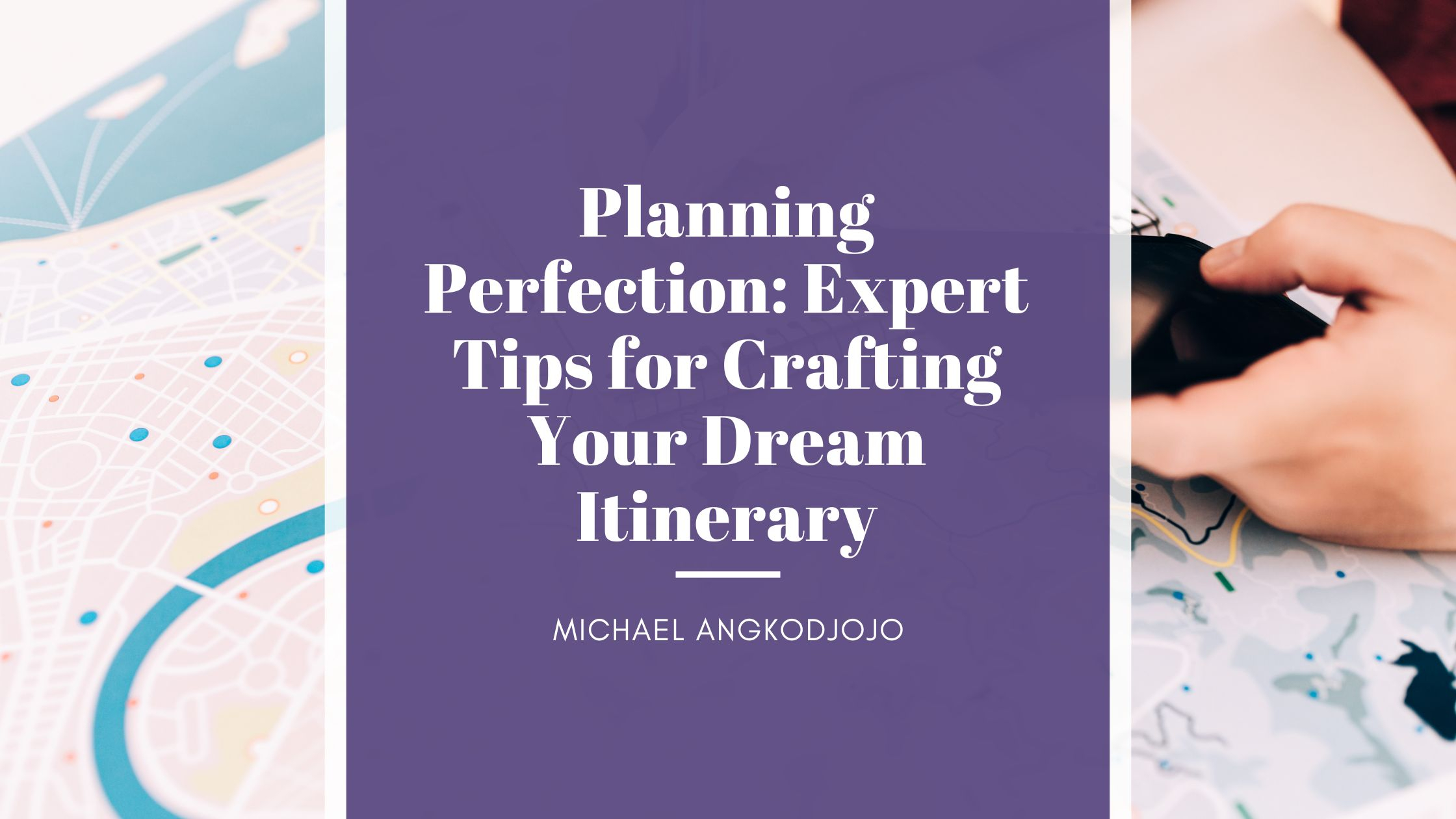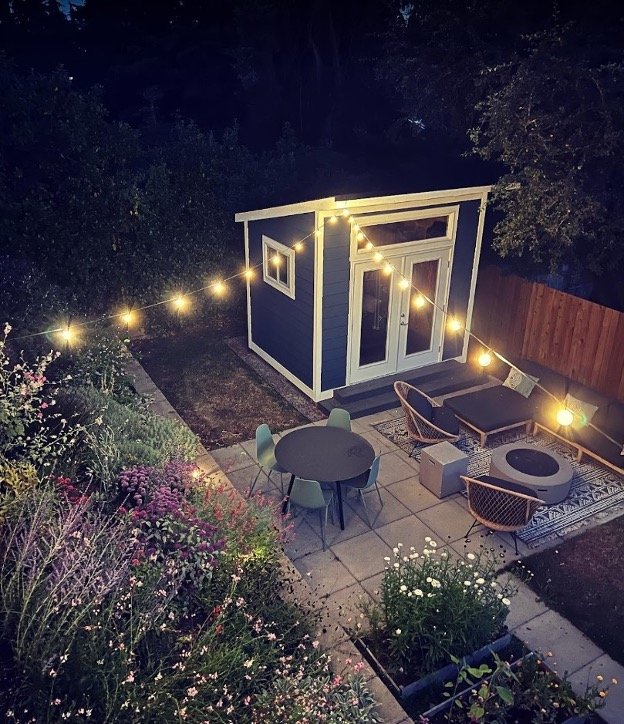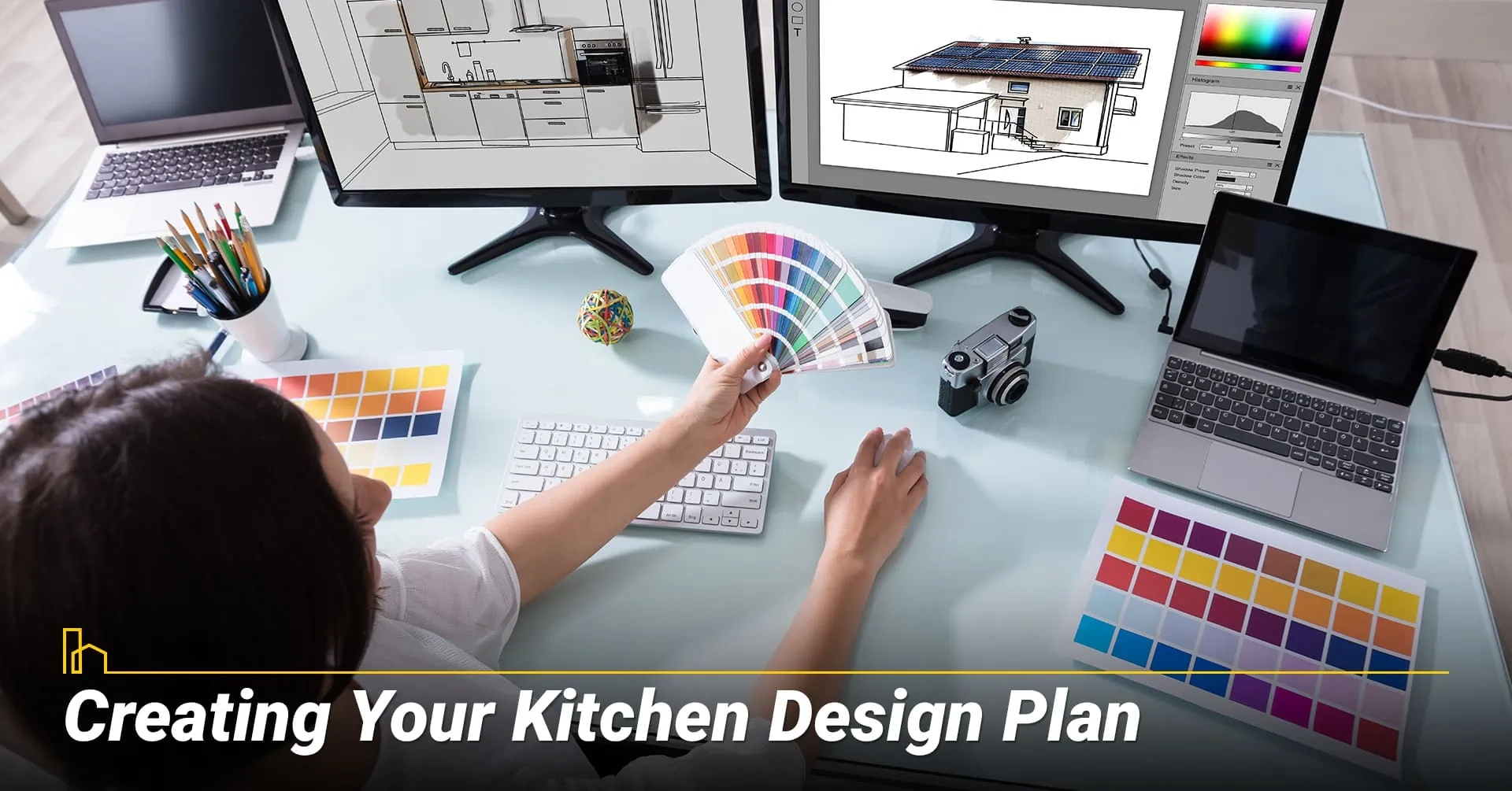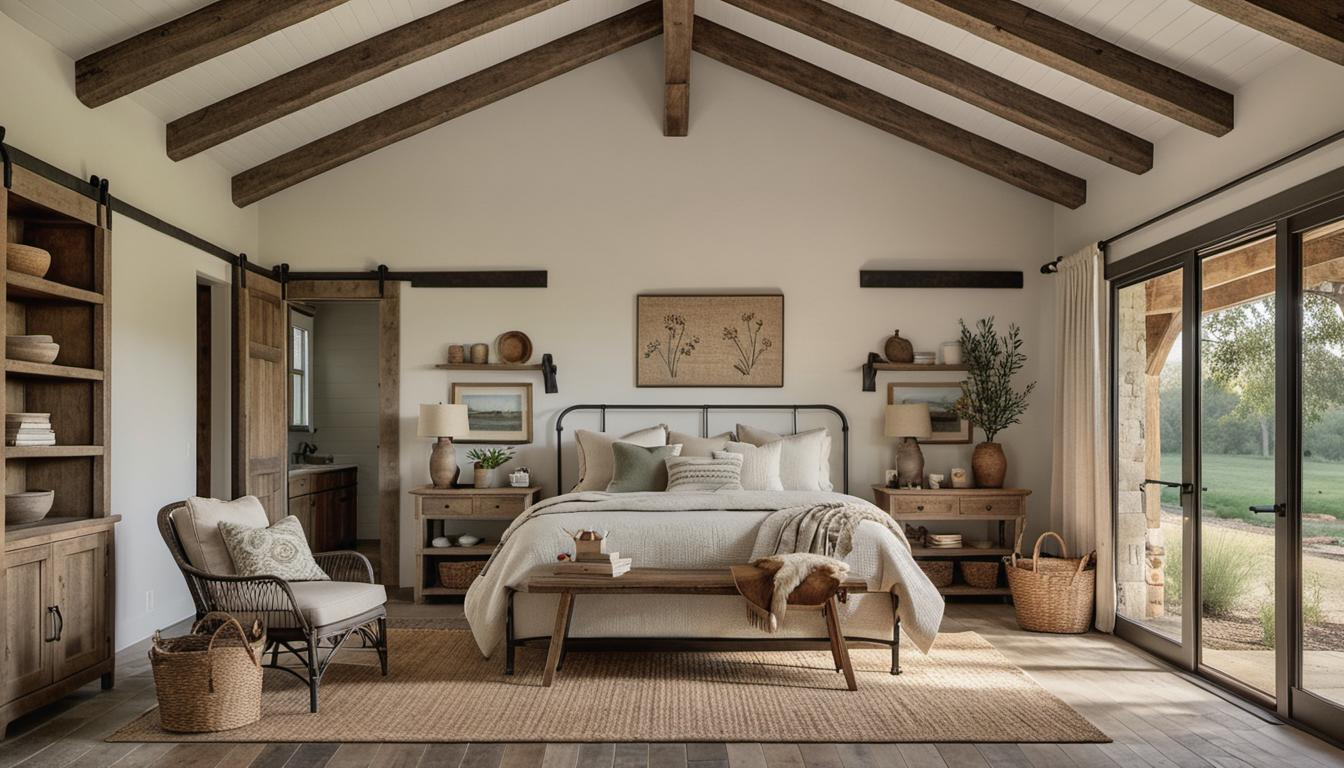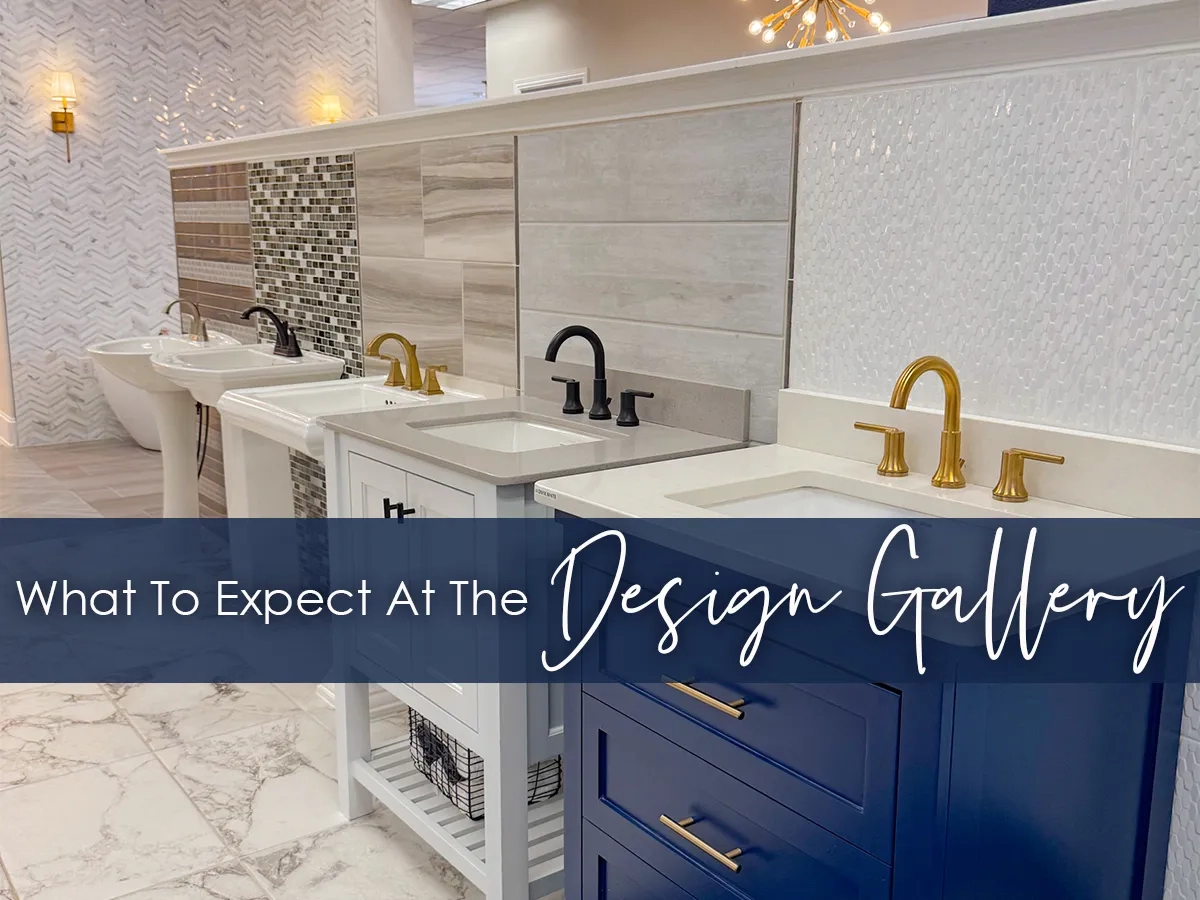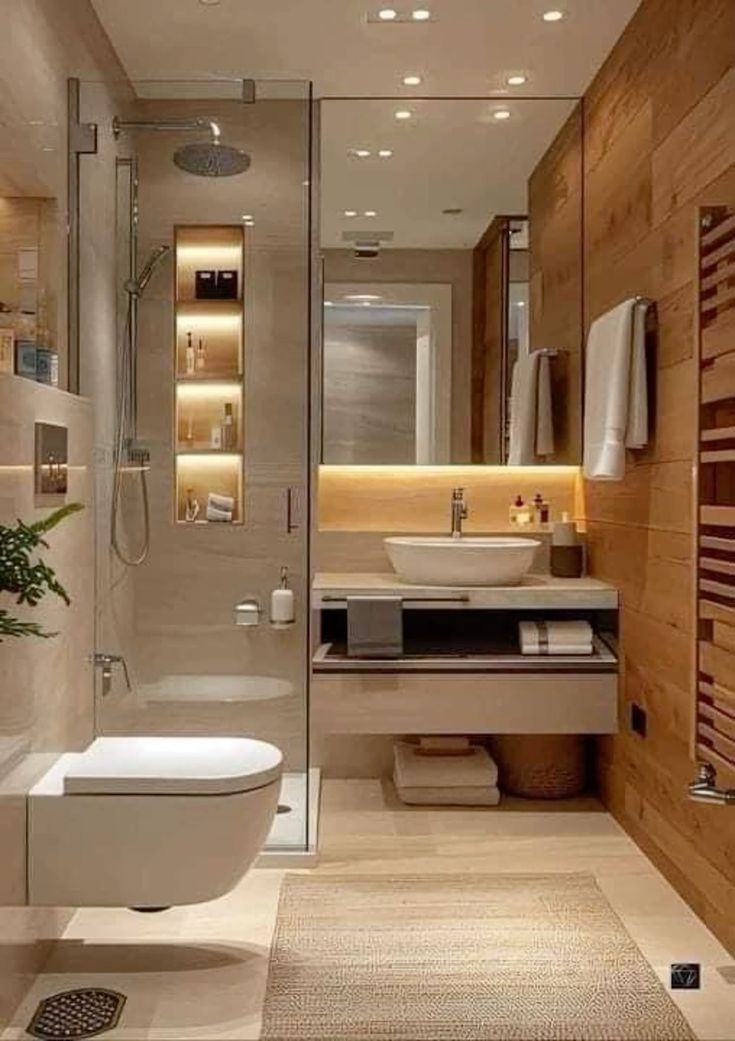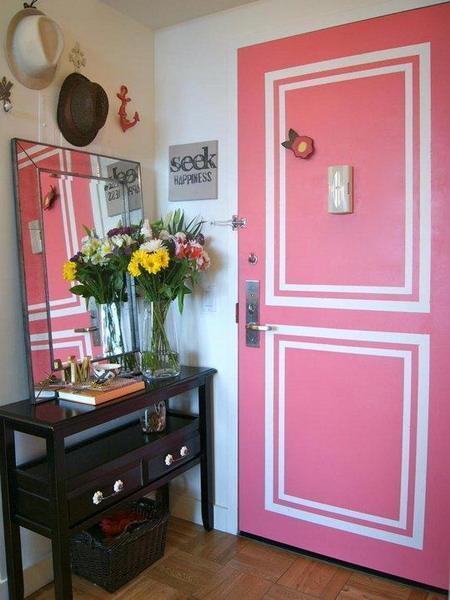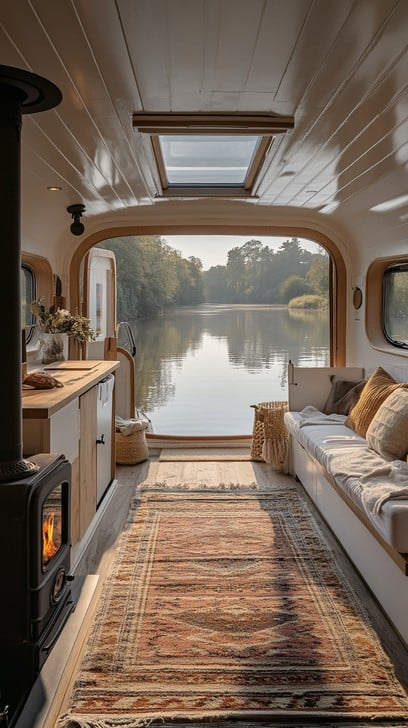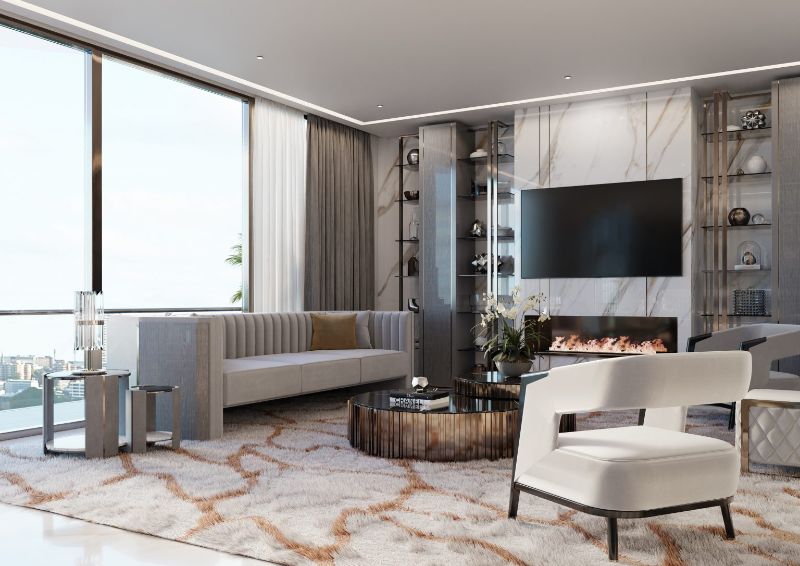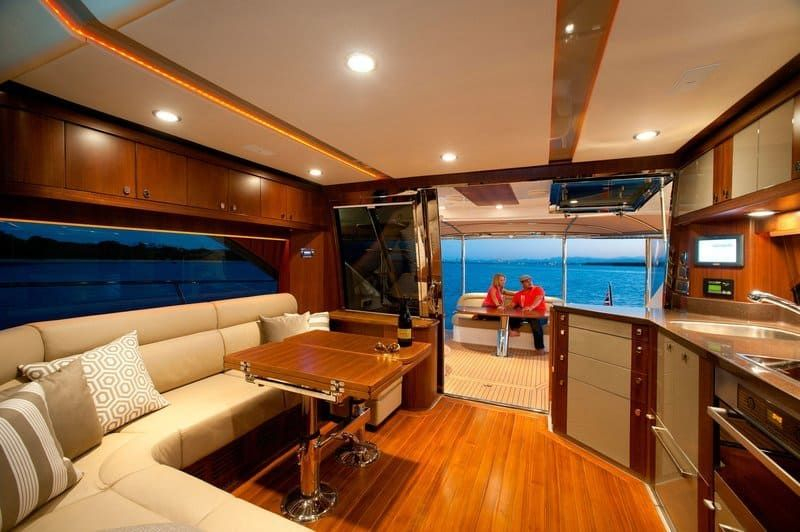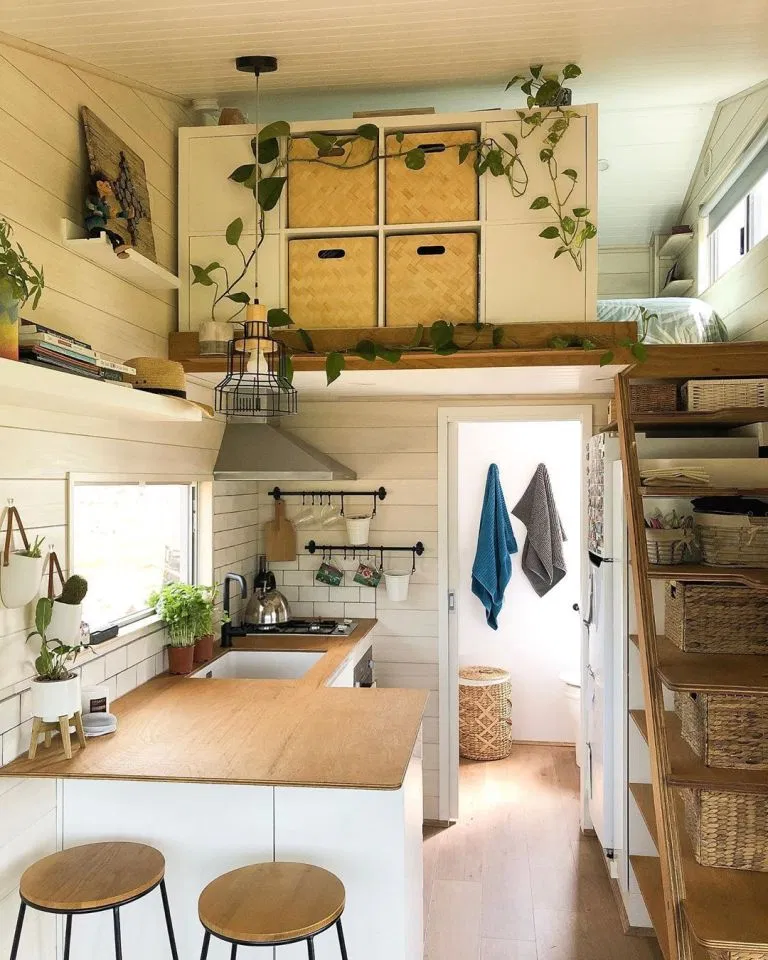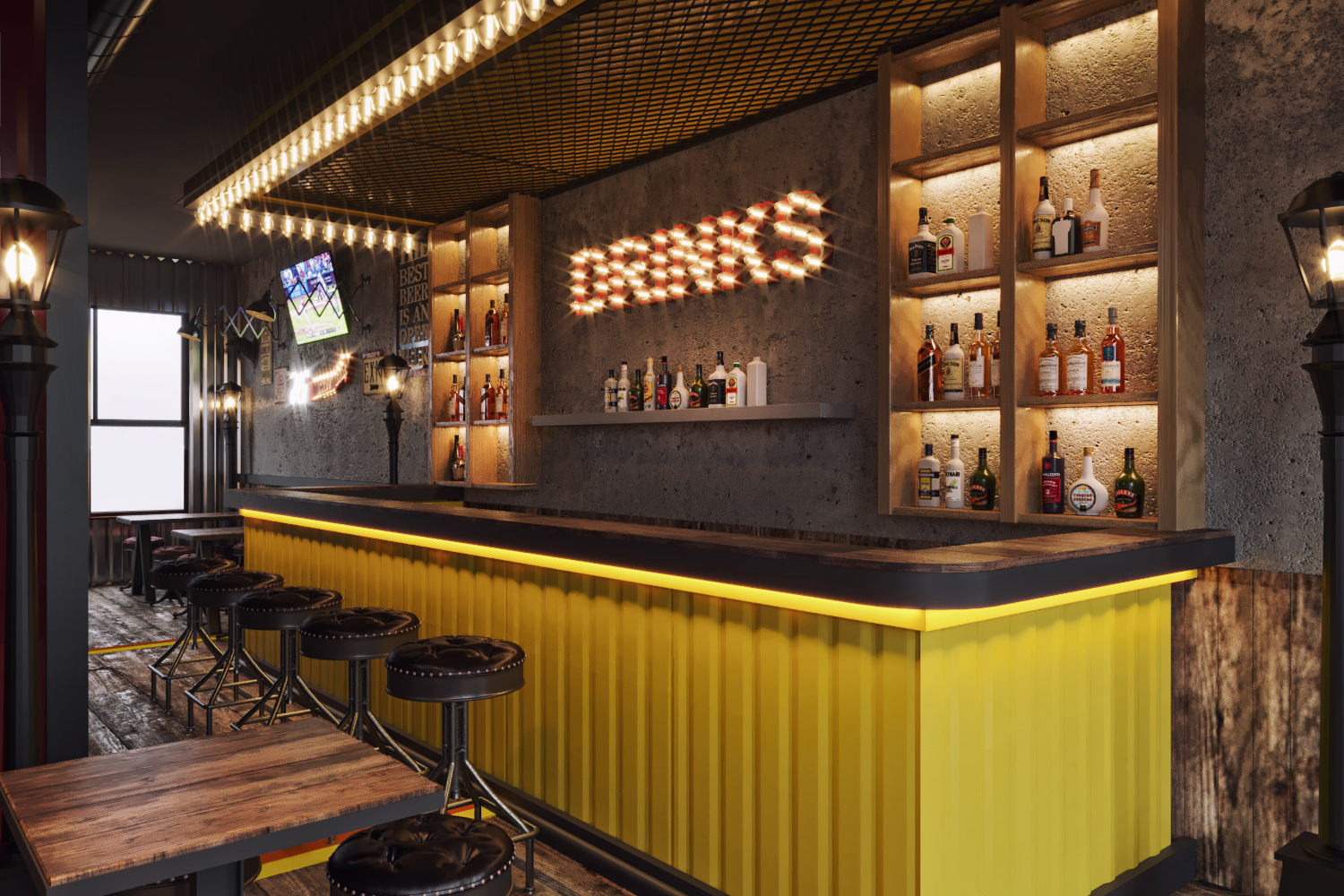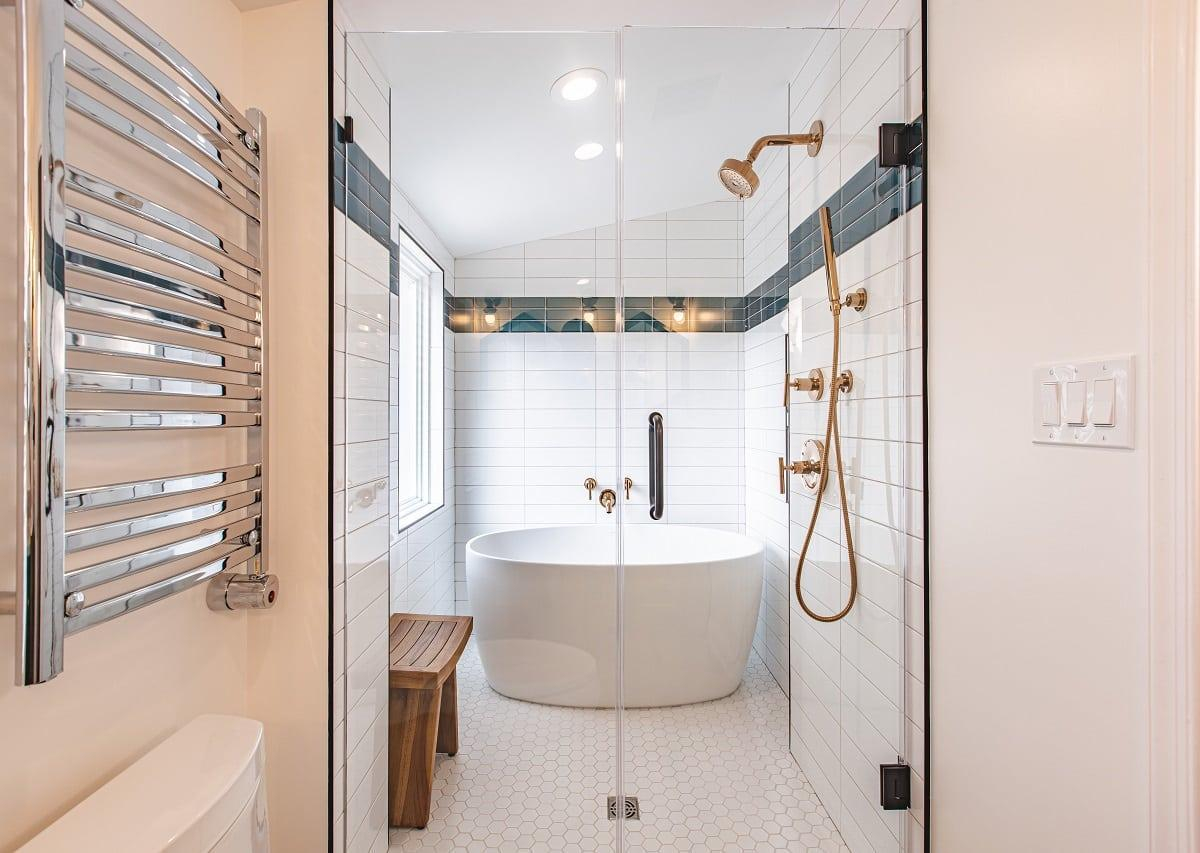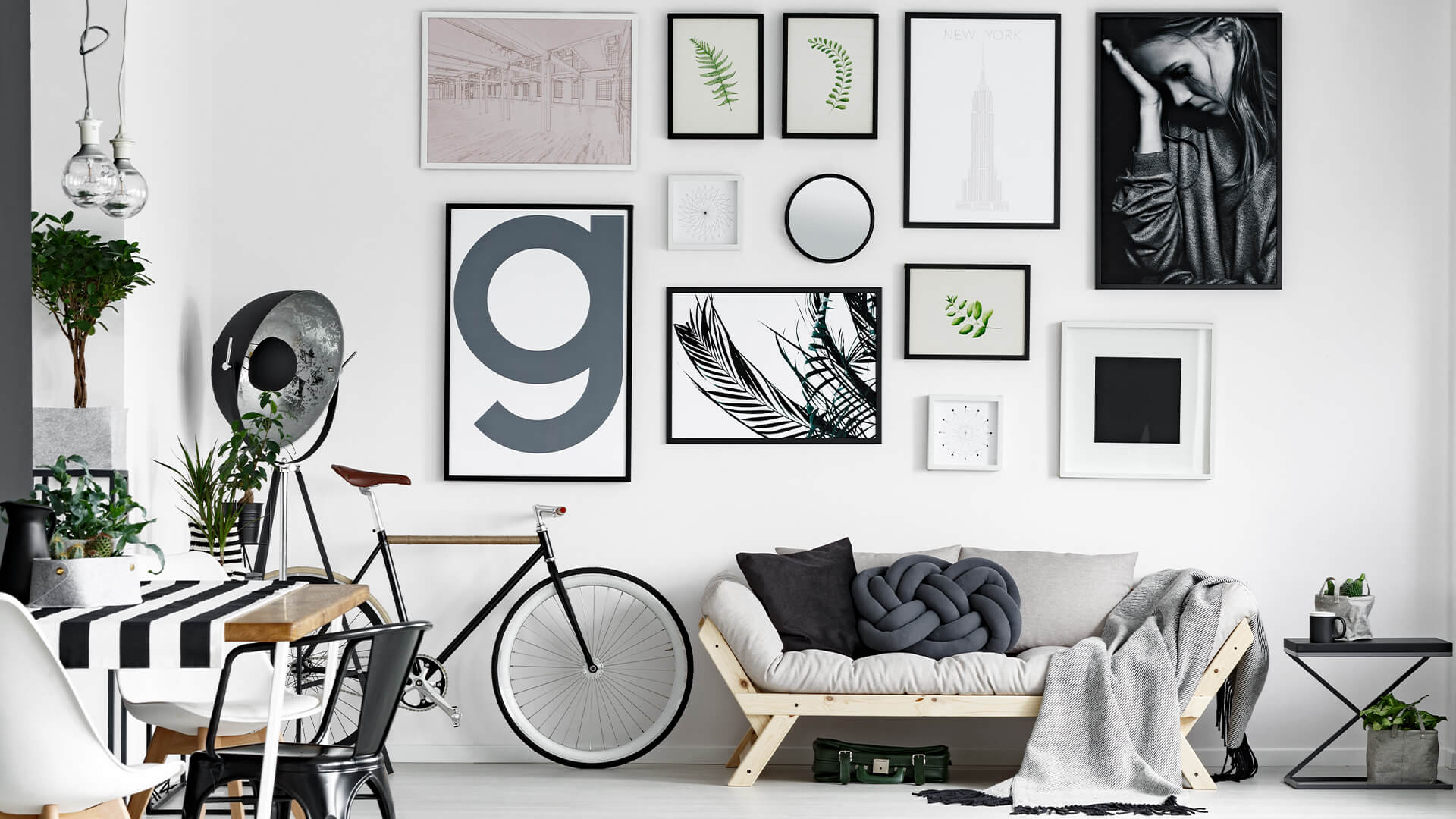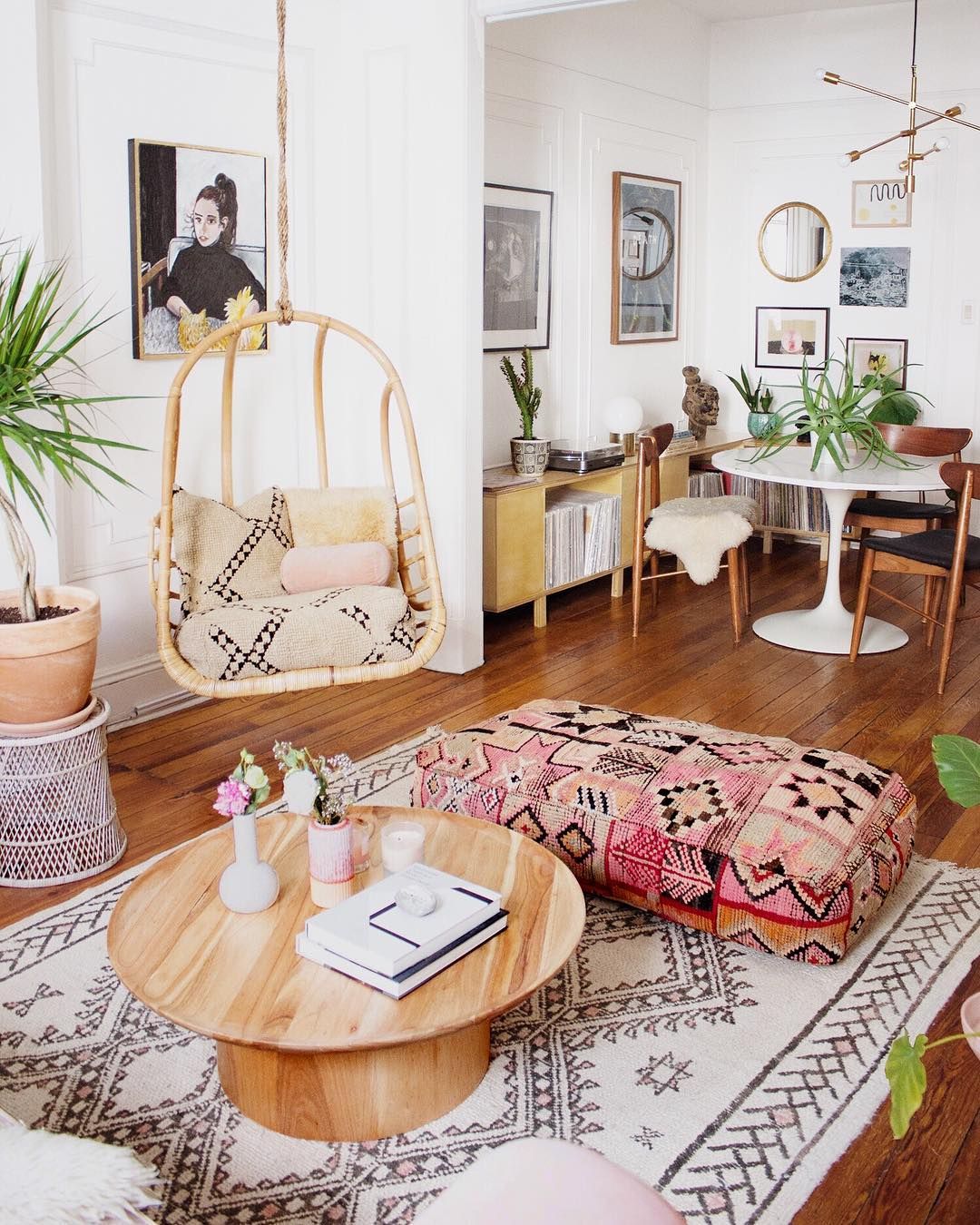Ever dreamt of a place where you can break a sweat on your own terms, without the crowds or the commute? A dedicated space for your fitness, tailored precisely to your needs and desires? That’s the beauty of crafting your own workout haven, right in the comfort of your home. It’s more than just a collection of equipment; it’s a sanctuary designed to inspire, motivate, and help you achieve your health and wellness goals.
Let’s be honest, fitting in a workout can be a challenge. Between busy schedules, commuting, and sometimes just the sheer effort of getting out the door, your fitness routine can easily take a backseat. But what if your gym was just a few steps away? Designing your ultimate workout haven isn’t as daunting as it might seem. It’s about creating a functional, inspiring, and personalized space that makes exercise something you look forward to, not a chore you dread. Whether you have a sprawling basement or just a cozy corner, we’ll explore how to make it work for you.
Step 1: Define Your Fitness Goals and Style
Before buying a single dumbbell, take a moment to think about what you actually do and want to do. Are you a yogi who needs ample floor space and perhaps a calming ambiance? Maybe you’re a weightlifter who requires sturdy racks and a variety of free weights. Perhaps you’re into cardio, needing space for a treadmill or bike, and good ventilation. Understanding your primary fitness activities is crucial. This will dictate the type and amount of equipment you’ll need and the kind of space that will best serve you. Don’t try to be everything to everyone; focus on what truly resonates with your fitness journey. For instance, if your passion is high-intensity interval training (HIIT), you’ll prioritize equipment that allows for explosive movements and perhaps some soundproofing if you have downstairs neighbors. If yoga and meditation are your jam, think about natural light, calming colors, and minimal clutter.
Step 2: Choose the Right Location
The space you select is paramount. Garages, basements, spare rooms, or even a dedicated corner of your living room can all be transformed. Consider factors like insulation, flooring, lighting, and ventilation. A basement might offer good sound dampening but could be prone to dampness, requiring proper dehumidification and flooring. A spare bedroom might have great natural light but could be too small for certain activities. Think about the headspace too. Do you want a space that feels secluded and focused, or one that’s integrated into your home life? Ensure the area has adequate ceiling height, especially if you plan on doing any jumping exercises or using equipment like rowing machines or cable machines. Also, consider the flooring. You’ll likely want something durable and shock-absorbent to protect both your floor and your equipment, and to reduce noise. Rubber mats or interlocking foam tiles are popular options.
Step 3: Essential Equipment – Less is Often More
It’s tempting to fill your space with every piece of equipment you see, but start with the essentials that align with your fitness goals. For a versatile foundation, consider:
- Dumbbells and Kettlebells: Adjustable sets are fantastic for saving space and offering a wide range of weights.
- Resistance Bands: Inexpensive, portable, and incredibly versatile for strength training and stretching.
- A Sturdy Mat: For floor exercises, yoga, and stretching.
- A Pull-Up Bar: Many can be mounted in a doorway, requiring no permanent installation.
- A Jump Rope: A classic for cardiovascular conditioning.
If your budget and space allow, you might add a bench, a squat rack, a cardio machine (like a treadmill, bike, or rower), or even a suspension trainer. Remember, quality over quantity. A few well-chosen, durable pieces will serve you better than a garage full of low-quality items that break or go unused. Think about multi-functional equipment that can offer a variety of exercises.
Step 4: Flooring and Soundproofing
The right flooring is critical for safety, comfort, and protecting your home. As mentioned, rubber mats or interlocking tiles are excellent choices. They provide cushioning, reduce impact, and offer good grip. If you’re in an apartment or have people living below you, consider soundproofing. Thick rubber flooring helps, but you might also look into acoustic panels for the walls or ceiling, or even heavy rugs in certain areas. You don’t want to be afraid to push yourself because you’re worried about the noise. Think about the impact of your movements. Dropping weights, jumping, and even the hum of a treadmill can travel. Investing in good flooring and perhaps some basic sound dampening materials can make a huge difference in your ability to use your space freely and without disturbing others.
Step 5: Lighting, Ventilation, and Ambiance
The atmosphere of your workout space plays a significant role in your motivation. Good lighting is a must. Natural light is ideal if possible, as it can boost mood and energy. If not, opt for bright, clean artificial lighting. Consider task lighting for specific areas if needed. Ventilation is equally important, especially during intense workouts. Ensure there’s a way to get fresh air circulating, whether through windows, fans, or an HVAC system. For ambiance, think about what inspires you. Do you like motivational posters, a mirror to check your form, a sound system for music, or perhaps plants to bring a touch of nature indoors? Personalize it! This is your haven, so make it a place you genuinely want to spend time in. A well-placed mirror not only helps with form but can also make a small space feel larger and brighter.
Step 6: Organization and Maintenance
A cluttered space is a demotivating space. Invest in smart storage solutions to keep your equipment organized and out of the way when not in use. Shelving units, wall-mounted racks, and storage bins can make a world of difference. Keeping your haven tidy not only looks better but also makes it easier and quicker to start your workout. Regularly clean your equipment and your space to maintain a hygienic and pleasant environment. Wipe down mats, clean weights, and ensure your area is free from dust. A well-organized gym is an invitation to train, while a messy one can be a barrier. Think about how you can create systems that make putting things away as easy as taking them out.
Creating your ultimate workout haven is an ongoing process, not a one-time event. Start with the basics, see what works for you, and gradually add or adjust as your fitness needs evolve. The most important thing is to create a space that you love, one that encourages you to show up, put in the work, and celebrate your progress. So, take that first step, define your vision, and begin building the fitness sanctuary you deserve. It’s your personal space for growth, strength, and well-being. Go ahead and make it yours.

